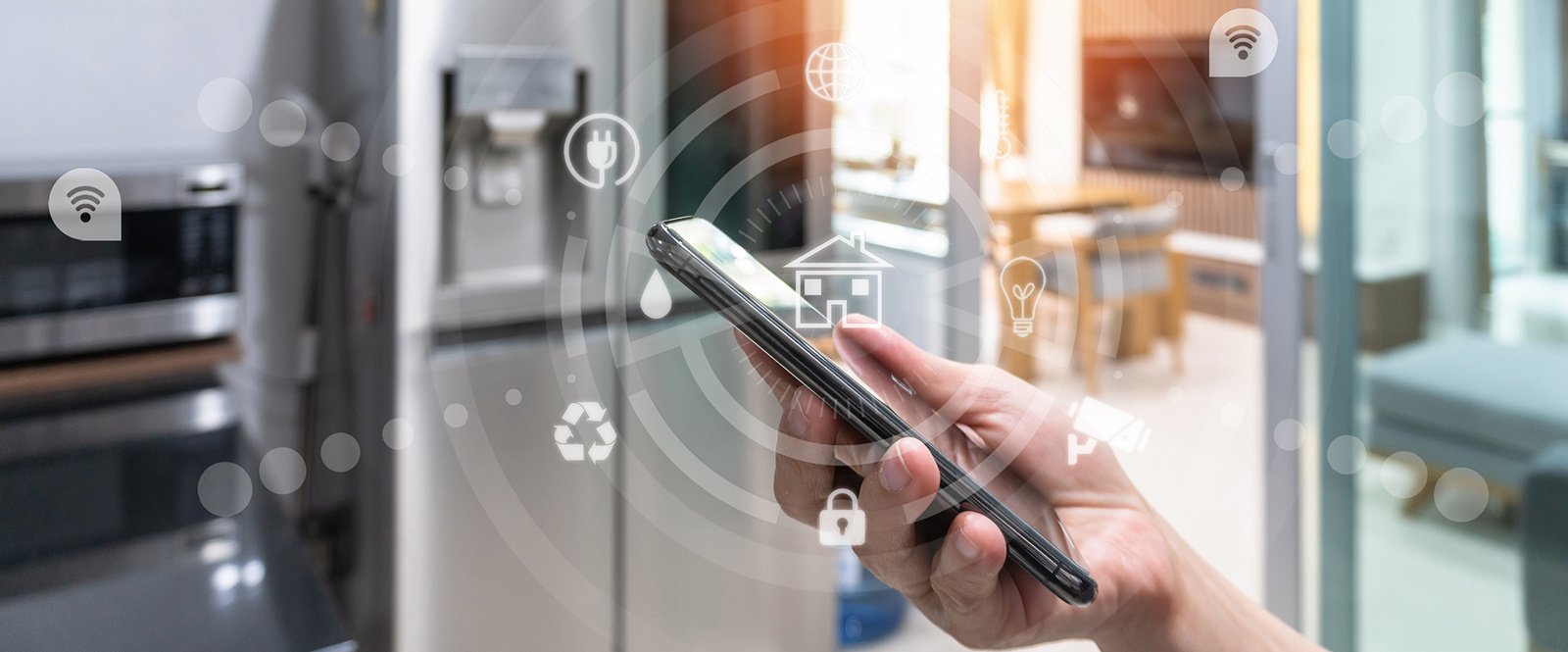Smarter Connections | Versatile Connector Solutions for Advanced Smart Devices: Series 3
As discussed in previous blogs, smart devices are becoming smaller, and more components are continuously being added to enhance their capabilities. This miniaturization presents challenges for design engineers. To overcome these, designers increasingly use hybrid, floating contact, FPC/FFC, and stacking connector technologies to simplify design and assembly.
Versatility in Connector Technologies: Hybrid, Floating Contact, FPC/FFC, and Stacking Solutions for Modern Smart Products
Hybrid Connectors
Smart products include sensors, displays, batteries, microcontrollers, and communication modules, all of which need unique and reliable connections. Hybrid board-to-board connectors combine power, data, and signal connections into one compact solution, saving space. This simplification keeps designs efficient while maintaining high-speed transmission and preventing noise with shielded housing. The result is a more efficient and compact solution for connecting modern smart devices' complex array of elements.
Using separate connectors for power, data, and signals can lead to a tangled web of cables. Hybrid connectors simplify manufacturing and assembly by reducing the number of individual connectors that need to be soldered and attached to the PCB. This not only speeds up assembly but can also lower manufacturing costs.

Smart products often need to communicate with other devices, such as smartphones, tablets, or computers. Hybrid connectors are designed to support standard interfaces, such as USB, HDMI, and other industry protocols, ensuring smooth compatibility and interoperability. For example, Hirose’s BM29 Series micro hybrid board-to-board connector supports high-speed USB4 Gen2 (10Gbps) transmission with a shielded housing, providing reliable data transfer while minimizing noise interference.
Floating Contact Systems
Floating contacts allow the connector to absorb various amounts of alignment errors or vibration.
Floating contact systems in board-to-board connectors simplify assembly, reduce labor costs, and save space. These connectors, like the FX23/FX23L, exhibit a floating range of ± 0.6 mm in both the X- and Y-axis direction and ± 0.75 mm tolerance between boards in the Z direction. This floating feature prevents misalignment during board installation and mounting. Because the spring portion of the terminal absorbs assembly errors, it reduces the need for corrective re-work operations.
Floating contact systems are perfect for densely packed infotainment controllers, where multiple connectors are needed on the same boards. These connectors offer superior vibration resistance, ensuring more reliable operation. The floating design enhances durability and prevents solder cracking by reducing stress on solder joints.
Board-to-board connectors meet further smart product requirements by combining high data rate capabilities, EMI shielding, and a small footprint with a 0.5 mm pitch.
Figure 2 Caption: The floating design offers a degree of "play" between the contacts during mating allowing the connector to absorb alignment errors and simplify assembly.
FFC/FPC
FPC/FFC connectors offer compact size, cost-effectiveness, and tool-free installation, making them ideal for space-constrained applications that need affordable and easy-to-implement interconnect solutions.
Zero insertion force (ZIF) locks improve upon conventional low insertion force (LIF) connectors by being easier to mate and providing stronger connections. The One Action locking connector simplifies this further by completing the mating operation without opening the latch.
For example, the One Action FH63S Series offers ease of mating in space-constrained designs. Tight spaces prevent access to the actuator to complete the mating procedure using flip-lock ZIF connectors. The One Action lock will allow mating in these tight spaces because the latch does not need to be opened.
One Action connectors are more efficient, reducing the mating time from 3 seconds for a typical front flip lock to 1 second or less. This saves time and money in high-volume production, especially with trained operators.
The One Action connector’s contactless mating process makes it ideal for robotic assembly. Robots can grab and insert the flex into the connector without the need for human hands. The latest flex connectors also allow production lines to verify proper mating using camera inspection.
Stackable Mezzanine
Stackable mezzanine connectors offer several key benefits that simplify the design and assembly of smart consumer products. By allowing for vertical stacking of PCBs, these connectors help maximize space in compact devices, which is especially valuable in small form factor products where internal space is limited.
These connectors enable modular designs by allowing manufacturers to add or swap out boards and components easily. This flexibility simplifies product iterations and customization.

The stackable design also reduces the need for complex wiring harnesses between boards. By connecting boards vertically, this approach streamlines the assembly process and reduces potential points of failure.
Many of Hirose's mezzanine connectors support high-speed data transmission protocols like USB 3.0 and PCIe, enabling advanced functionality in smart devices.
Ultra-low profile options, like the BM series connectors, have stacking heights as low as 0.6mm, enabling ultra-thin, compact product designs.
Stackable connectors are also available in hybrid versions. The BM29 series combines power and signal within a single compact connector, reducing component count. By offering these benefits, Hirose's stackable mezzanine connectors give product designers more flexibility to create innovative, compact, high-performance smart consumer devices while simplifying manufacturing and assembly processes. This enables faster time-to-market and increased reliability.
Summary
As smart products become more advanced and feature-rich, they require a range of connectors to meet different application requirements. Connector choices depend on the specific needs and constraints of each system. In many cases, a combination of connector types helps achieve the functionality, modularity, and reliability essential for today’s smart consumer devices.
connection point
Welcome to 'Connection Point' - your go-to spot for the latest in electronics. Here, we're all about connecting you with fresh ideas, engaging stories, and innovative solutions from Hirose Electric. Whether you're a tech enthusiast or an industry professional, there's something here for everyone.
Don't miss out on any of our updates – subscribe now and join our community of innovators and thinkers.
For more information on how Hirose Electric's connectors can transform your wearable device design, visit hirose.com or contact our team of experts today.


